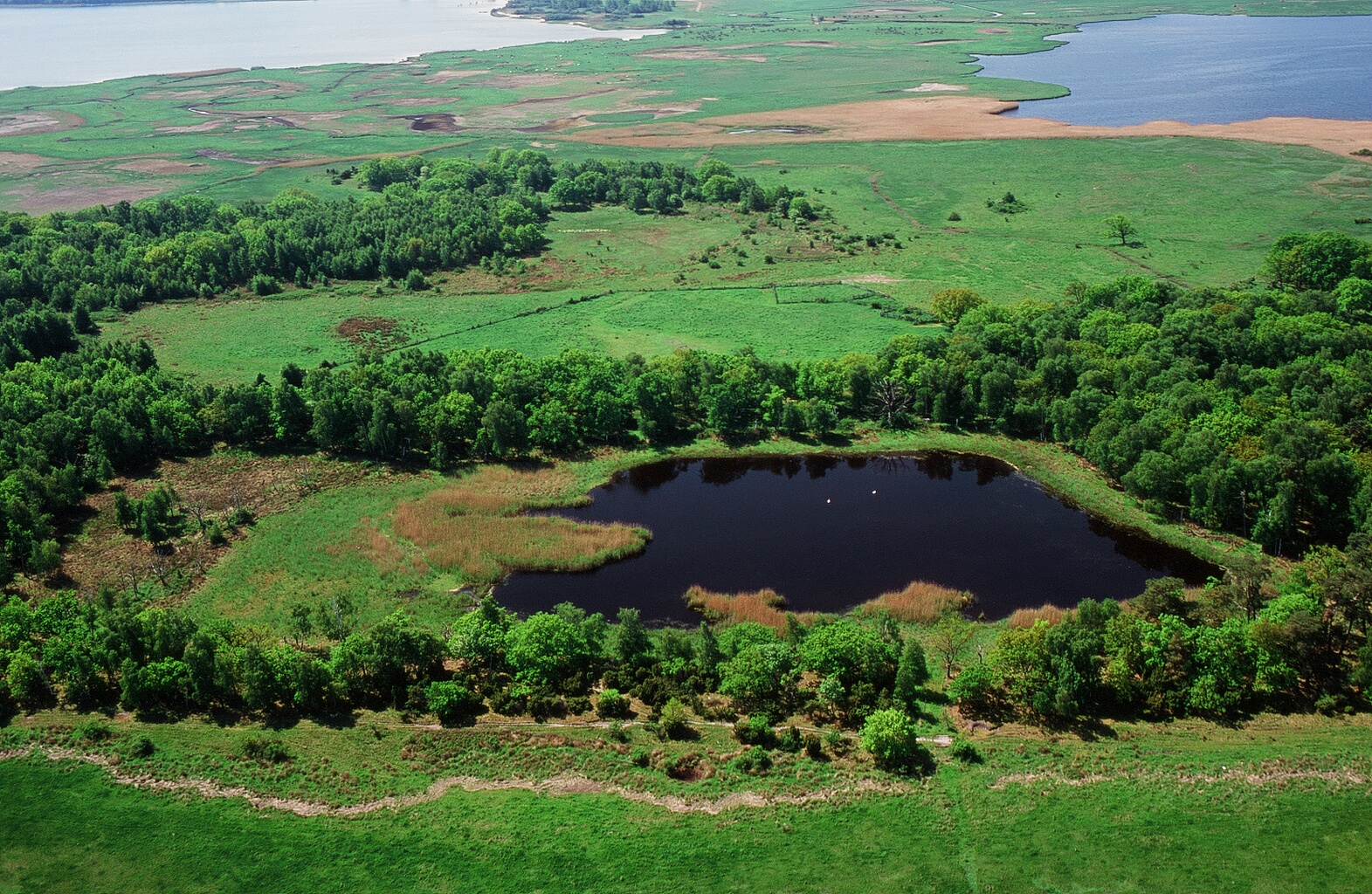The DBU’s natural heritage subsidiary will secure 71 mostly large-scale natural heritage sites – over 70,000 hectares in ten German states – for long-term nature conservation. The areas, most of which were formerly used for military purposes, are already owned by DBU Naturerbe GmbH or will be transferred to its ownership.
Most of the land in the first two tranches is located in the new federal states, while the third tranche focuses on the western federal states.

State Size (number of areas)
Bavaria: around 2,549 hectares (10)
Brandenburg: around 10,100 hectares (4)
Mecklenburg-Western Pomerania: around 13,750 hectares (9)
Lower Saxony: around 4,930 hectares (11)
North Rhine-Westphalia: around 5,498 hectares (11)
Rhineland-Palatinate: around 2,179 hectares (3)
Saxony: around 7,500 hectares (3)
Saxony-Anhalt: around 11,000 hectares (10)
Thuringia: around 6,830 hectares (9)
The special conservation value of these areas lies primarily in their large-scale, undissected nature and relative lack of disturbance, as well as in the often high diversity of sites, structures, and animal and plant species. About half of the DBU’s natural heritage areas cover more than 1,000 hectares, and fixed road and trail networks are limited.
Large open areas were created during the spatially and temporally limited military training operations.
These extreme sites provide valuable refuges for endangered species, such as the hoopoe, and rare plant communities, such as the silver grassland. They are therefore often designated as protected areas at European level.
In contrast, the surrounding areas of the natural heritage sites, which are hardly disturbed by exercise operations, offer near-natural habitats with forests and wetlands for species that require a great deal of space and rest, such as the white-tailed eagle or wolf.
Although pine stands that are poor in structure and species currently predominate, in the long term these will be converted to extensive wilderness areas. Wetlands are also being restored to their most pristine condition.
Image source: © Norbert Rosing